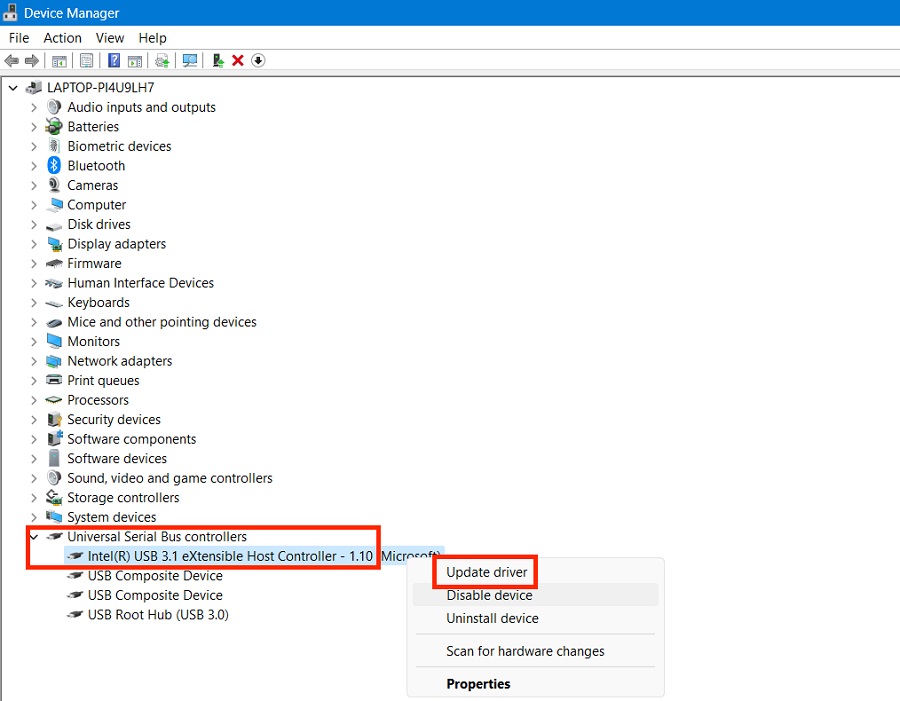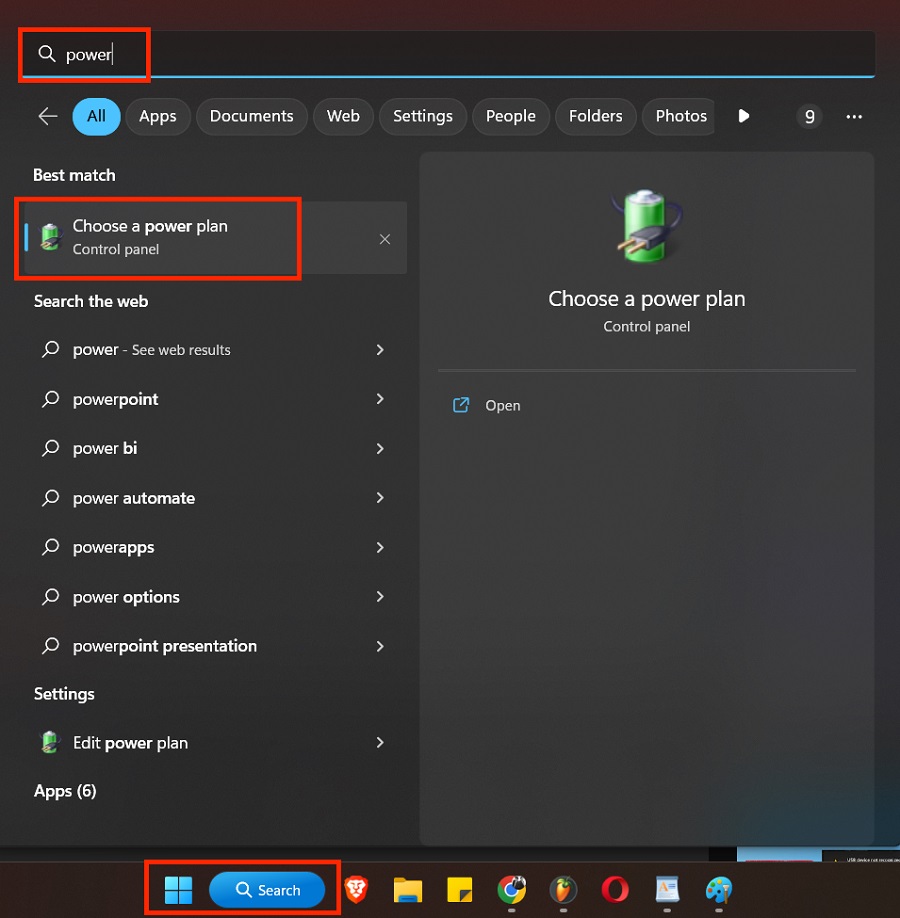Audio interface disconnection issues can be frustrating and disruptive, but there are several common reasons why they may occur.
The reasons include cable issues and loose or damaged cables that can cause disconnection problems. It’s important to ensure all cables are securely plugged in and not damaged. The second reason is power source issues. A faulty power source or power cable can cause disconnection issues.
The third reason is driver issues. Outdated, corrupted, or improperly installed drivers can cause disconnection issues. The fourth reason is USB port issues. Malfunctioning or damaged USB ports can also cause disconnection issues.
There can be several reasons why an audio interface may keep disconnecting, and here are some troubleshooting steps to help identify and fix the issue:
- Check the cables
Checking the cables is an important step in troubleshooting audio interface disconnection issues. The cables connecting your audio interface to your computer or other devices are critical in ensuring the audio signal is transmitted accurately and reliably. Here are some things to consider when checking your cables:
First, check for physical damage. Examine the cables for signs of physical damage, such as cuts, kinks, or frayed ends. If you notice any damage, replace the cable. Even if there is no visible damage, the cable may be damaged internally, which can cause connectivity issues.
Second, ensure that the cable is connected properly. Ensure the cable is securely plugged in at both ends and into the correct port on your audio interface and computer. If the cable is loose, disconnect and plug it back in firmly. A loose connection can cause intermittent connectivity issues.
Third, try a different cable. If you suspect the cable is the issue, try using a different cable to see if that solves the problem. Ensure the new cable is compatible with your audio interface and computer. If the new cable works without issues, the original cable is likely the problem.
Fourth, clean the connectors. Over time, dust and debris can accumulate on the connectors of your cables, which can interfere with the connection. Use a dry, clean cloth to wipe down the connectors, removing dirt or debris.
Finally, test with different devices. If you have multiple devices that use the same cable type, such as USB or XLR, try connecting your audio interface to a different device to see if the issue persists. This can help you determine whether the problem is with the cable or the audio interface itself.
- Power source
The power source is a critical component of your audio interface, and issues with the power source can cause disconnection issues. Here are some things to consider when troubleshooting power source issues:
First, ensure that your audio interface is properly powered by connecting it to a reliable power source. If your audio interface is designed to be powered by an external power supply, ensure it is plugged in and working correctly. If it is powered by USB, ensure your computer provides enough power to the USB port. Some USB devices require more power than others; if your audio interface is not getting enough power, it may disconnect.
Second, try using a different power source. If you suspect the power source is the issue, try using a different power supply or USB port to see if that solves the problem. Make sure that the new power source is compatible with your audio interface.
Third, check for power-saving settings. Some computers have power-saving settings that can interfere with the performance of USB devices. Check your computer’s power settings and ensure USB ports are not set to “power-saving” mode. If they are, change the settings to allow full power to the USB ports.
Finally, consider using an external power supply. If you use a USB-powered audio interface and are still experiencing disconnection issues, consider using an external power supply. This will provide a more stable and reliable power source to your audio interface and may help solve the disconnection issues.
- Driver issues
Driver issues can be a common cause of audio interface disconnection problems. A driver is a software that enables the communication between your audio interface and your computer. If the driver is outdated, corrupted, or not installed properly, it can cause disconnection issues. Here are some things to consider when troubleshooting driver issues:
First, check that the driver is up to date. Visit the manufacturer’s website to see if a newer driver version is available. Download and install the new driver if there is one. Outdated drivers can cause compatibility issues and malfunction with your operating system.
Second, ensure that the driver is installed properly. Sometimes, the driver may not install correctly or may become corrupted. To fix this, try uninstalling and reinstalling the driver. Follow the manufacturer’s instructions to ensure that the driver is installed correctly.
Third, check for conflicts with other drivers. Sometimes, drivers for other devices on your computer can conflict with the audio interface driver. Check the device manager in your operating system to see any conflicts with other drivers. If there are, try disabling the conflicting driver or updating it to the latest version.
For any driver settings, you need to open the Device Manager. In Windows 11, you can search for that in the search bar and open it.
Next, in the Device Manager, go to Universal Serial Bus Controllers, find the Host Controller, right-click on it, and click Update Driver. Similarly, you can also look for your Interface driver and update that.
Next, click on Search Automatically for drivers, and the system will update your USB driver.
- USB Port issues
USB port issues can also cause audio interface disconnection problems. Here are some things to consider when troubleshooting USB port issues:
First, ensure that the USB port is functioning properly. Try plugging another device into the same USB port to see if your computer recognizes it. If the other device is not recognized, there may be an issue with the USB port.
Second, check for physical damage to the USB port. Examine the USB port for any signs of physical damage, such as bent pins or a loose connection. Contact the manufacturer or a qualified technician if you notice any damage.
Third, try using a different USB port. If your USB port is not working properly, try plugging your audio interface into a different USB port to see if that solves the problem. Make sure that the new USB port is compatible with your audio interface.
Fourth, check your computer’s power-saving settings. Some computers have power-saving settings that can interfere with the performance of USB devices. Check your computer’s power settings and ensure USB ports are not set to “power-saving” mode. If they are, change the settings to allow full power to the USB ports.
- Check your computer’s power settings.
Checking your computer’s power settings is important in troubleshooting audio interface disconnection problems. Some computers have power-saving settings that can interfere with the performance of USB devices. Here are some things to consider when checking your computer’s power settings:
First, check the power settings in your operating system. In Windows, for example, you can access power settings by going to the Control Panel and selecting “Power Options.” Make sure that USB ports are not set to “power-saving” mode. If they are, change the settings to allow full power to the USB ports.
To do that in Windows 11, look for the “Power Plan” settings in the search bar and select the “Choose a power plan” option.
Next, the following window will open: Control Panel > All Control Panel Items> Power Options. Click “Change plan settings” on the High-performance power plan here.
Next, click on Change Advanced Power Settings.
The following “Power Options” window will open. Here, go to USB settings and disable the Power settings. Then, click on Apply, followed by OK.
Second, check your computer’s BIOS settings. The BIOS (Basic Input/Output System) is the firmware that controls your computer’s hardware. Some BIOS settings can affect the performance of USB devices. Check your computer’s user manual or the manufacturer’s website for instructions on accessing the BIOS settings. Also, ensure that the USB ports are not set to “power-saving” mode or disabled.
Third, try disabling USB selective suspend. USB selective suspend a power-saving feature in Windows that can cause USB devices to disconnect. To disable USB selective suspend, go to the Control Panel and select “Power Options.” Click on “Change plan settings” for the power plan you are currently using.
Then, click on “Change advanced power settings.” Expand the “USB settings” option and then expand the “USB selective suspend setting.” Make sure that both “On battery” and “Plugged in” are set to “Disabled.”
By checking your computer’s power settings, you can ensure that USB ports provide enough power to your audio interface, which can help prevent disconnection issues in the future. If you continue to experience issues, contact the manufacturer or a qualified technician for further assistance.
Conclusion
In conclusion, an audio interface is vital for recording high-quality audio. However, disconnection issues can arise due to cable, power source, driver, or USB port problems. Troubleshooting these problems involves checking the cables for damage, ensuring they are connected properly, trying different cables, and cleaning the connectors.
For power source issues, you should check if the audio interface is properly powered and consider using an external power supply. Additionally, you can check for power-saving settings in your computers and install a newer driver version if it is outdated or corrupted. You can determine the cause of the disconnection issues through these steps and resolve them.

Shaurya Bhatia, is an Indian Music Producer, Composer, Rapper & Performer, who goes by the stage name MC SNUB, and is also 1/2 of the Indian pop music duo, called “babyface”. A certified Audio Engineer & Music Producer, and a practicing musician & rapper for more than 6 years, Shaurya has worked on projects of various genres and has also been a teaching faculty at Spin Gurus DJ Academy.








